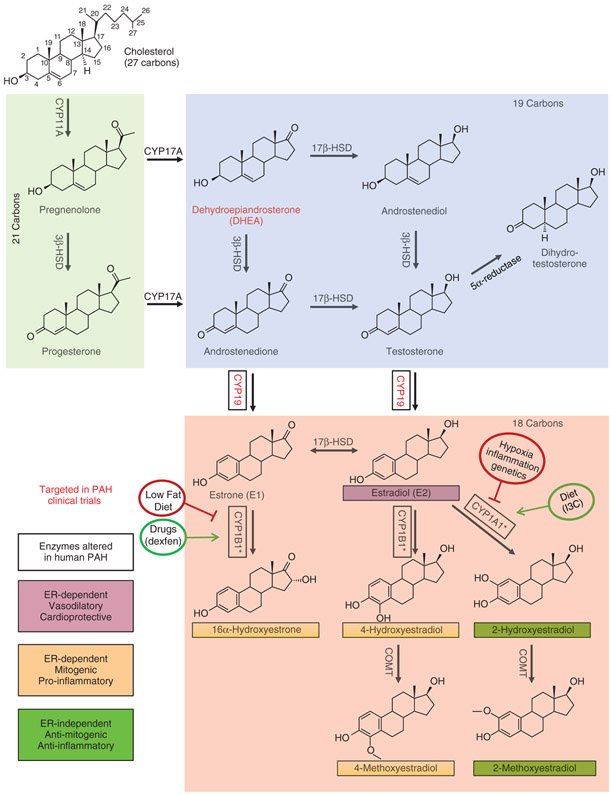Figure 3. Sex hormone synthesis and estrogen metabolism.
Steroidogenic enzymes represented here are present in the lung, heart, and/or vascular tissue (148, 197, 314, 317, 480). Abundance of boxed enzymes is altered in PH/PAH (12, 326, 340, 457, 462-464). Compounds in red have been targeted in clinical trials of PAH therapies (193). 2-Hydroxyestradiol and 2-methoxyestradiol exert ER-independent antiproliferative, anti-inflammatory effects that appear to mitigate vascular remodeling in animal models of PAH (22, 82, 421). Conversely, the estrogen metabolites 4-hydroxyestradiol, 4-methoxyestradiol, and 16α-hydroxyestrone signal via estrogen receptors and promote a mitogenic, inflammatory, and antiapoptotic phenotype that exacerbates PH/PAH (54, 463). *Multiple CYP enzymes are capable of catalyzing estrogen hydroxylation; CYP1A1 and CYP1B1 appear to be the most relevant isoforms in PAH pathology. Factors including diet (240, 275), hypoxia (107), inflammation (11), genetics (12, 146), and drug exposure (71) may alter estrogen metabolism. Effects of enzymes and metabolites depicted here may be cell-, tissue-, and/or organ specific.

